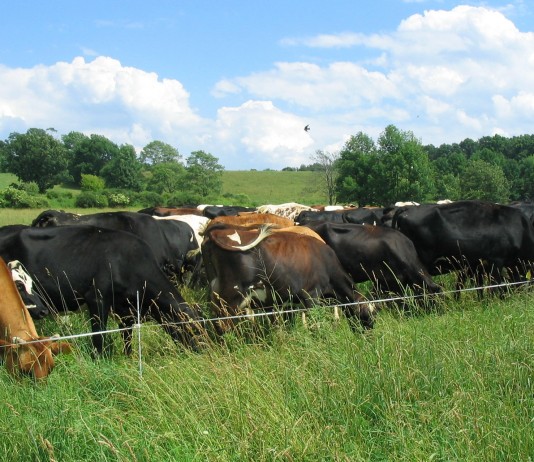Appreciating ag in other places while on vacation
Ohio State Extension educator Sandra D. Trushel explores how geography shapes livestock management and challenges in Ohio and Montana.
Spotty rains lead to spotty hay quality in eastern Ohio
Hay loses quality and nutrients during curing; forage analysis helps farmers manage unpredictable losses and improve feed value for livestock.
The positive and negative effects of trees on livestock
Shade trees help livestock stay cool and reduce stress, but some trees pose toxic risks. Learn how to balance shade, safety and shelter in your pasture.
Make plans now for August seeding
After last year’s drought, southeastern Ohio pastures are recovering. Now’s the time to plan August reseeding and take advantage of hay testing support.
Hay harvest challenges: Moisture, heat and fire risk
Persistent moisture raises hay fire risks. Learn how moisture and bale temp impact forage safety, quality, and what steps can prevent fire and feed loss.
The relationship between cattle and forages
Ohio State Extension educator Daniel Lima delves into cattle grazing habits, breed traits and tips to improve pasture health and livestock productivity.
Prevent heat stress in beef cattle
Ohio State Extension educator Emily Hornberger provides tips to prevent heat stress in beef cattle.
Hampered hay days and hope for a good one
Ohio State Extension educator Christine Gelley offers tips to improve the process of making high-quality hay.
A written management plan helps you to be better prepared
Ohio State Extension educator John Yost offers tips to get started on a written farm management plan.
Know the basics of fly control in livestock this summer
Ohio State Extension educator Ted Wiseman provides tips to control flies around livestock to reduce stress and disease transmission.























